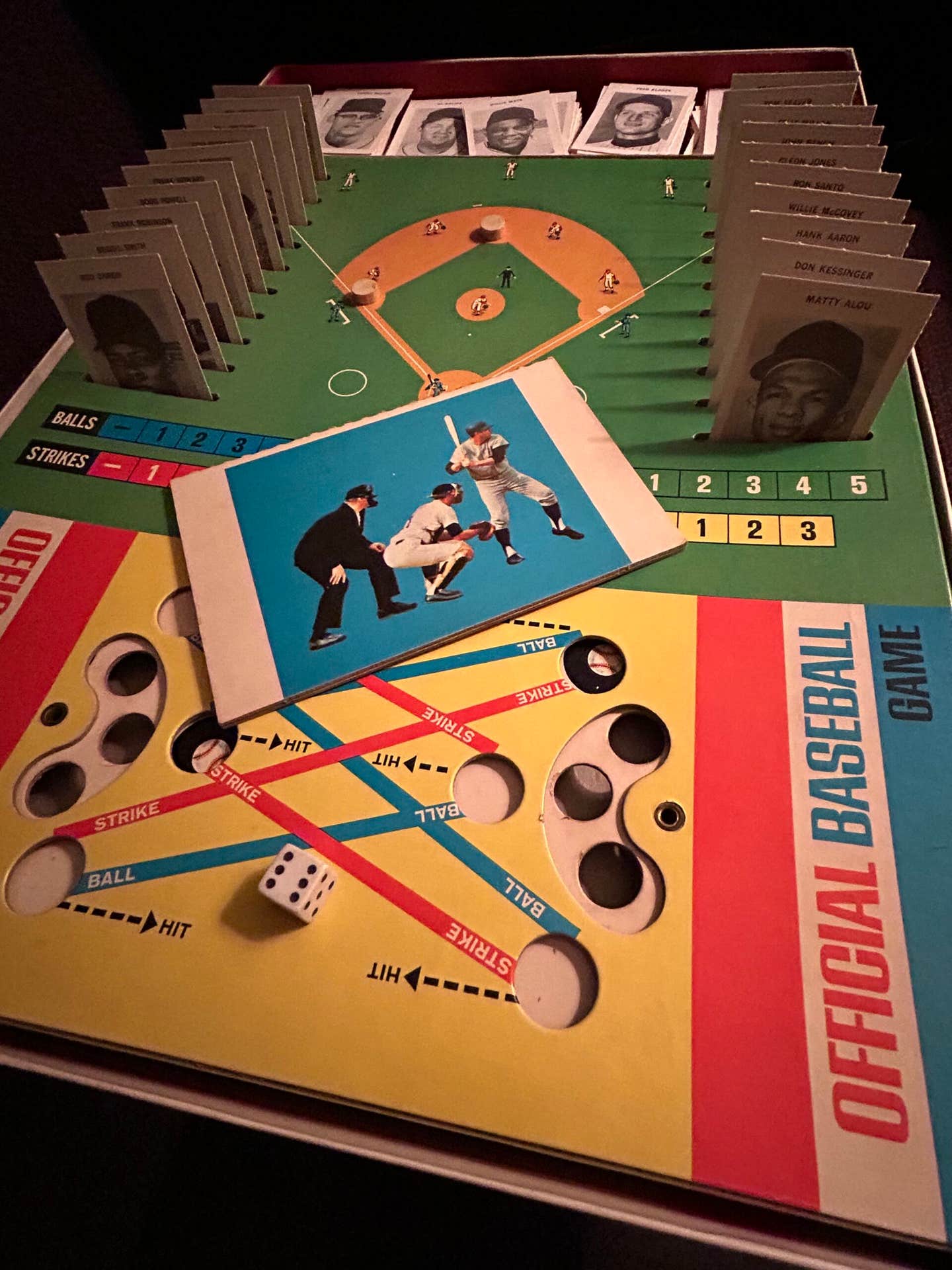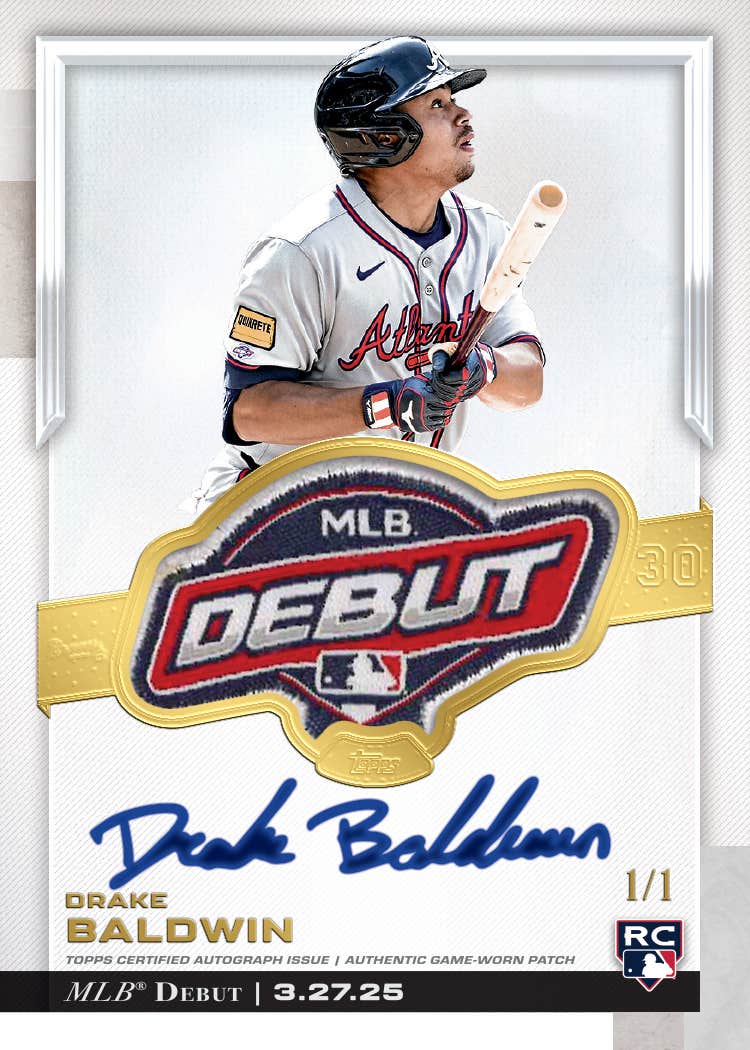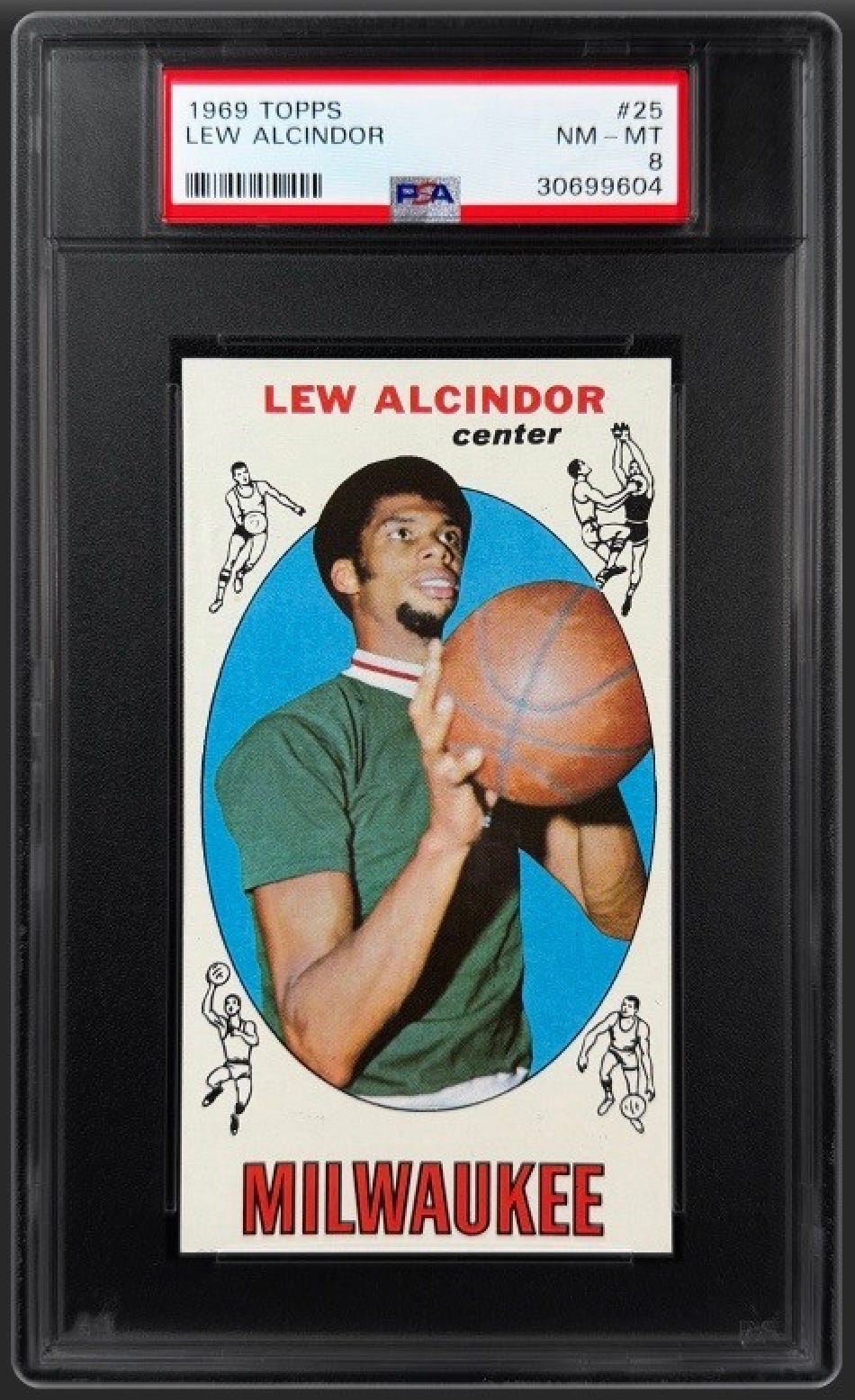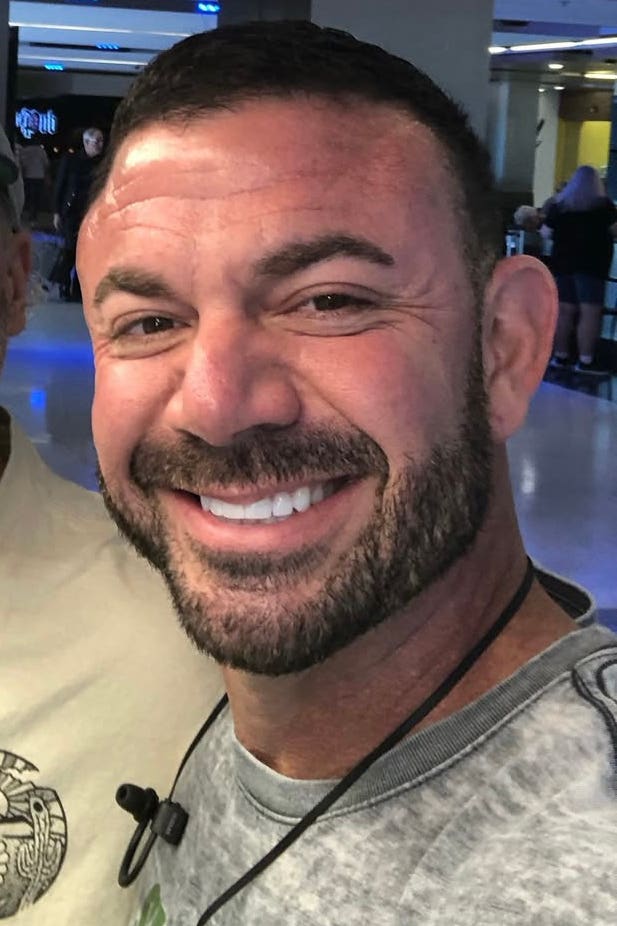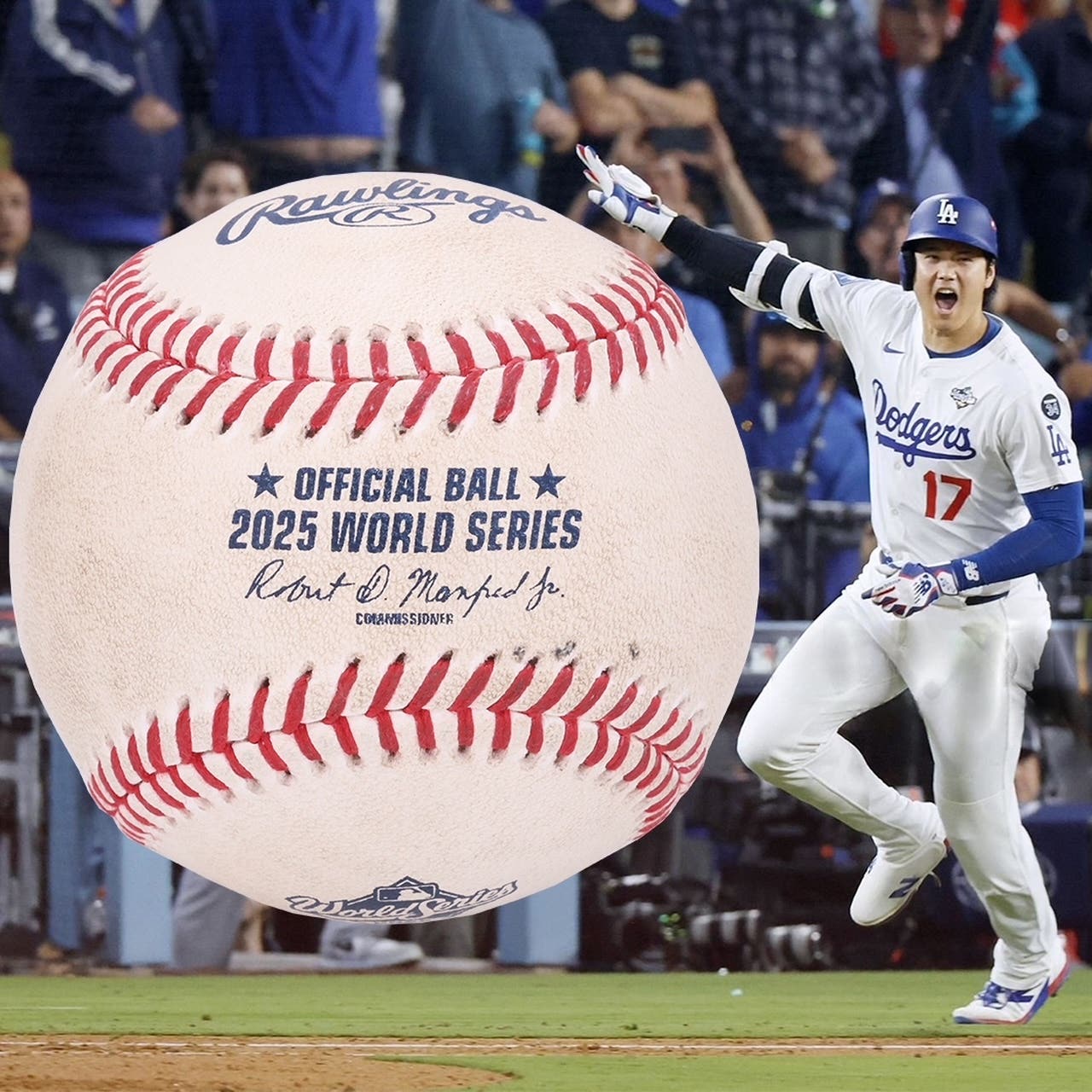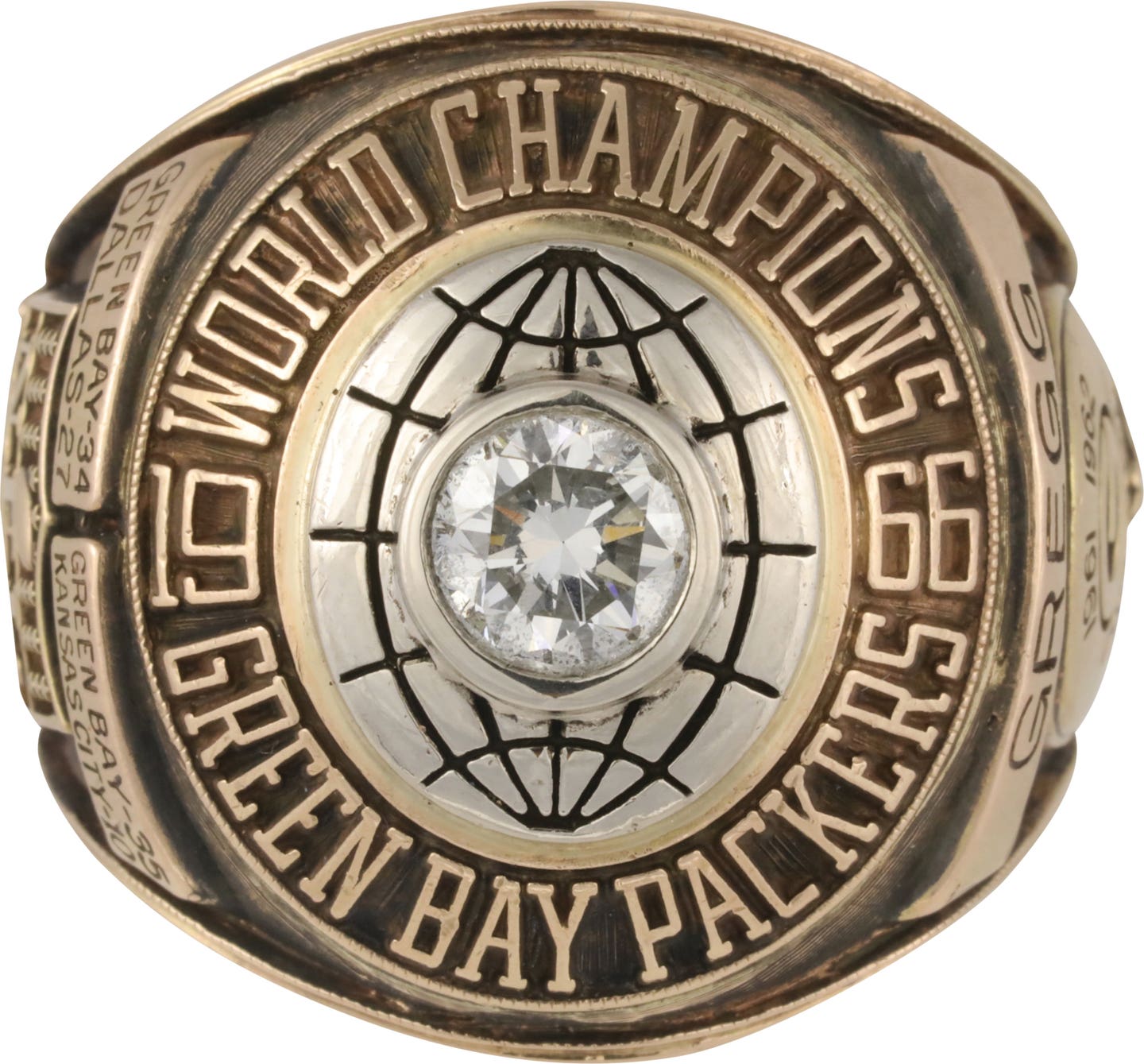News
Early baseball leaders changed the face of the game
Garry Herrmann began his career as a trusted lieutenant to one of the most powerful political bosses in the country, George B. Cox of Cincinnati. Herrmann oversaw the committee that built Cincinnati’s modern water works system.
His life took a critical turn when Cox decided to buy the Cincinnati Reds in 1902. Herrmann and then Cincinnati mayor Julius Fleishmann joined Cox as joint owners, and Herrmann was named operating partner of the Reds.
He soon became the leading figure in the early growth of baseball to a modern game by first chairing the peace conference between the older National League and the fledgling American League. With the leagues united, he was selected to head up the National Commission, a three-person ruling body that governed Major League Baseball before Judge Landis was appointed as commissioner.
William Cook’s August “Garry” Herrmann: A Baseball Biography is a monumental and comprehensive biography that also serves as a detailed history of baseball in the early years of the 20th century. The book is especially important since, for whatever reason, the full Herrmann story long remained a missing link of baseball history.
August “Garry” Herrmann: A Baseball Biography by William C. Cook, McFarland & Co., 2007, softcover, 303 pages, $29.95.
l A half-century after Herrmann, another influential baseball executive, Lou Gorman, began his career. That career is now immortalized in his autobiography, High and Inside: My Life in the Front Offices of Baseball.
Gorman assembled the great but star-crossed Boston Red Sox team of 1986, and he laid the foundation for the New York Mets team of Dwight Gooden and Darryl Strawberry. He is the only baseball executive involved in the start-up of two teams – the Seattle Mariners and Kansas City Royals. He won a World Series with the Baltimore Orioles.
In all, Gorman spent parts of five decades in the front offices of five major league franchises, directly involved in the development of clubs that won three World Series, five pennants and eight division titles. This book is a great look at a large hunk of Major League history told by the Hall of Famer.
High and Inside: My Life in the Front Offices of Baseball by Lou Gorman, McFarland & Co., 2007, softcover, 280 pages, $29.95.
l Before they became household names to baseball fans, they were children with a dream. Before the Glory features interviews with 24 baseball heroes, with special attention to their formative years and how they turned their early hard times to days of home-run glory.
Bill Mazeroski grew up in a shack with no heat or electricity. Ron LeFore was addicted to drugs at age 12. David Wright overcame a childhood speech impediment. Brian Roberts was born with a heart defect. These before-the-glory stories include struggles with poverty, segregation, war, peace, love, hate, villains and heroes.
Before the Glory by Billy Staples and Rich Herschlag, Heath Communications, 2007, softcover, 408 pages, $16.95.
l The newest franchise in the National League in 1962, the New York Mets led by Casey Stengal, lost 120 games. Just seven years later, the 1969 Mets were World Champions under manager Gil Hodges, led by Tom Seaver and Jerry Koosman. The Amazin’ Mets 1962-1969 chronicles those years in a comprehensive manner.
Explored are the reasons for the early Mets ineptness and details of the team’s rapid ascent. The first page of acknowledgments lists 120 players and other team-related personalities interviewed for the book. Each interview provides new insights and stories that enriches the history, with first-person authenticity from the fringe players, as well as the stars.
The Amazin’ Mets: 1962-1969, William J. Ryczek, McFarland & Co., 2007, softcover, 289 pages, $29.95.
l Ryczek decided that since he was in New York libraries and had the support of an able research assistant, a companion book to the Mets was in order – The Yankees in the Early 1960s.
The history is a reverse story to the Mets saga, as the Yankees went from the top to the near bottom of the American League in the 1960s.
Early chapters tell of the Yankees League Championship year in 1960, and the team’s improbable loss to the Pittsburgh Pirates in the World Series. The Yankees outscored the Pirates in the seven-game series 55-27, yet lost game seven 10-9 after Mazeroski’s home run – the first “walk-off” home run in World Series history.
The Yankees were still American League champions in 1964 when the decline began. The team eventually descended to a fifth-place finish in the Eastern Division in 1969.
As in the Mets book, Ryczek conducted more than 120 interviews. Recounted are the infamous Phil Linz harmonica incident, the fruitless search for another Mickey Mantle and the surprising emergence of Mel Stottlemyre.
The Yankees in the Early 1960s by William J. Ryczek, McFarland & Co., 2007, softcover, 267 pages, $29.95.



